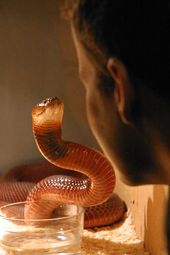OF THE
TIMES
The ARIES (🔥) Solar Eclipse is in full swing, another segment activated today. TAURUS (3D) NewMoon at start of day EDT
The Serbian people will never forget and never forgive!
We live in two worlds. One is the everyday world in which we spend Billions on power plants, aircraft, satellites, Moon missions, and watch the...
At least over 100,000 dead!
What a load of Tom tit! can anyone tell me when Pfizer purchased the the company who created the Covid injection product? A product which was a...
To submit an article for publication, see our Submission Guidelines
Reader comments do not necessarily reflect the views of the volunteers, editors, and directors of SOTT.net or the Quantum Future Group.
Some icons on this site were created by: Afterglow, Aha-Soft, AntialiasFactory, artdesigner.lv, Artura, DailyOverview, Everaldo, GraphicsFuel, IconFactory, Iconka, IconShock, Icons-Land, i-love-icons, KDE-look.org, Klukeart, mugenb16, Map Icons Collection, PetshopBoxStudio, VisualPharm, wbeiruti, WebIconset
Powered by PikaJS 🐁 and In·Site
Original content © 2002-2024 by Sott.net/Signs of the Times. See: FAIR USE NOTICE

Reader Comments
to our Newsletter